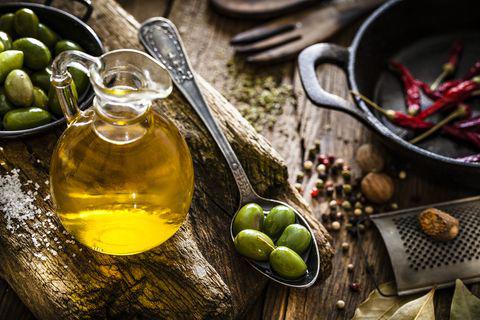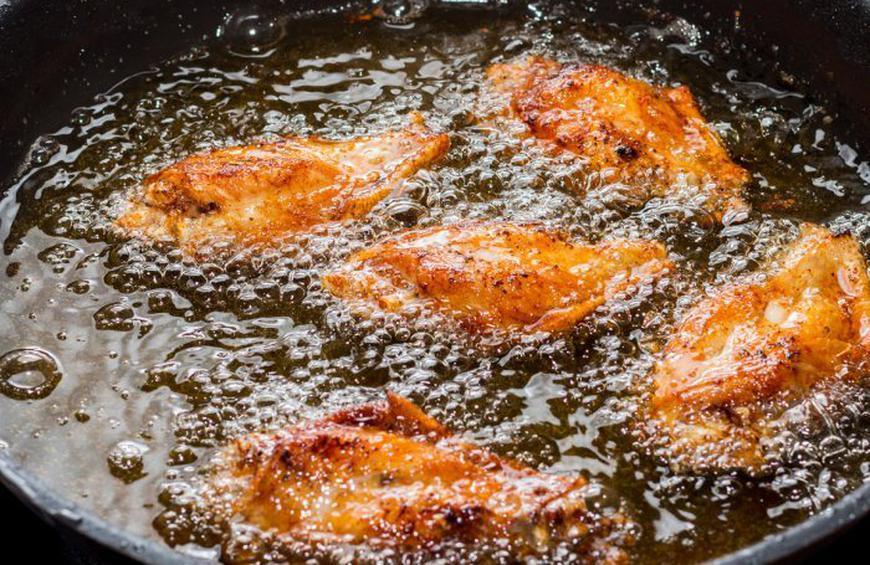TIPS ON OILS AND FATS!
Oils and Fats Purchasing Tips

- •A product labeled "whipped butter" is regular butter that has had air beaten into it in order to increase the volume and to make it easier to spread. It should not be used in baked goods because the large volume of air contained in the product will result in the incorrect proportion of butter in comparison to the other ingredients.
- •It isn't necessary to purchase expensive, flavorful oils for cooking, since the flavor will dissipate when heated. Therefore, purchase inexpensive oils for cooking and reserve the great taste of pricey oils for use as a condiment or when preparing salad dressings.
- •Although rarely found on store shelves today, oils that have been bottled in reactive metal containers such as copper, should not be purchased.
- •When shopping for olive oil, keep in mind that the color of the oil depends on the type of olive and the degree of ripeness of the olive when it is harvested. An olive oil with a lighter green color may indicate that the olives were younger and were probably green or yellowish-green when picked. Some olive varieties produce a darker green oil when they are fully ripe. An olive oil with a yellow color may indicate that the olives where riper and had turned from green to blue, purple, or black.
Oils and Fats Cooking Tips

- •Use flavorful oils in marinades for meat, fish, or poultry.
- •Instead of serving butter with bread, pour your favorite oil into a saucer or onto a small plate for dipping. Extra virgin olive oil, nut oils, or flavored vegetable oils are good choices.
- •When using butter for frying, add a bit of cooking oil to help prevent the butter from burning.
- •Brush your favorite cooking oil onto meats while broiling, grilling, or roasting to help brown the meat and seal in the juices.
Deep-Frying Tips

- •Deep-frying is a safe process for cooking food if the proper equipment is used and common safety rules are followed.
- •A wire basket may be used to hold the food so that it can be safely lowered and raised in the hot oil.
- •Any utensils and equipment that come into contact with the hot oil must be thoroughly dried first. Moisture on the utensils will cause splattering, which can be dangerous. Food should also be as dry as possible before it enters the hot oil to prevent splattering.
- •A fire extinguisher and heavy potholders should always be within reach.
- •Most types of oil used for deep-frying may be used again. The oil can be filtered after it is used to remove any impurities. If a strongly flavored food was fried in the oil, the oil can be freshened by frying a piece of citrus fruit, such as lemon or lime, or pieces of potato, before the oil is filtered for reuse. Some oils may be used 3 or 4 times when cleansed and filtered between uses.